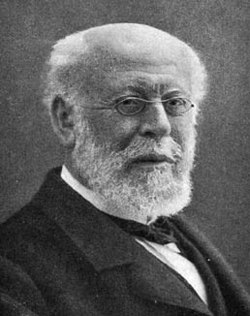Fakultät für Mathematik und Informatik | |
| Established | 2002 |
|---|---|
Parent institution | University of Heidelberg |
| Dean | Prof. Dr. M. Gertz |
Academic staff | 91 |
| Students | 1920 |
| Website | www |
| Data as of 2016 [update] | |
The Faculty of Mathematics and Computer Science is one of twelve faculties at the University of Heidelberg. It comprises the Institute of Mathematics, the Institute of Applied Mathematics, the School of Applied Sciences, and the Institute of Computer Science. [1] The faculty maintains close relationships to the Interdisciplinary Center for Scientific Computing (IWR) and the Mathematics Center Heidelberg (MATCH). The first chair of mathematics was the physician Jacob Curio in 1547. [2] [3]




